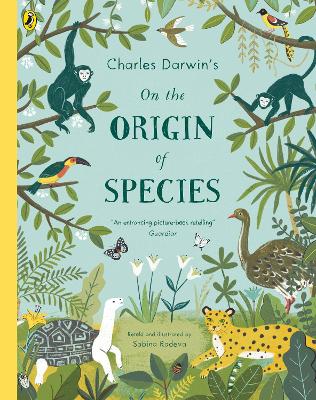As a young boy, Charles Darwin hated school and was often scolded forconducting useless experiments. Yet his passion for the natural world was so strong that he suffered through terrible seasickness during his five-year voyage aboard The Beagle. Darwin collected new creatures from the coasts of Africa, South America, and the Galapagos Islands, and expanded his groundbreaking ideas that would change people's understanding of the natural world. About 100 illustrations and a clear, exciting text will make Darwin and his theory of evolution an exciting discovery for every young reader.
This book features in the following series: Who Was, Who Was? .
This book is aimed at children at US 3rd grade-7th grade.
This book has been graded for interest at 8-12 years.
There are 112 pages in this book. This book was published in 2015 by Grosset and Dunlap .
June Eding lives in New York, New York. Nancy Harrison lives in Allentown, Pennsylvania. Deborah Hopkinson's most recent book is the ALA Award-Winning Apples to Oregon . Her other titles include Under the Quilt of NIght (Also illustrated by James E. Ransome) and Fannie in the Kitchen . She lives in Oregon.
This book contains the following story:
On the Origin of Species
On the Origin of Species by Charles Darwin is considered to be the foundation of evolutionary biology. Darwin proposed that populations evolve over the course of generations through a process of natural selection. Individual members of populations vary, but it is the characteristics of the most successful in any population that are disproportionately passed onto the next generation. Darwin provided evidence that diversity of life resulted from this inheritance of certain characteristics by the fittest through a branching pattern of evolution. He provided evidence for his theory, much of which was collected on his Beagle expedition. The Origin of the Species was published on 24 November 1859.
This book features the following character:
Charles Darwin
Charles Darwin was an English naturalist and geologist best known for his contributions to the science of evolution. During his five-year voyage aboard The Beagle Darwin collected new creatures from the coasts of Africa, South America, and the Galapagos Islands, and expanded his groundbreaking ideas that would change people's understanding of the natural world. He proposed that evolution resulted from natural selection. In 1859 he published his book 'The Origin of the Species'.








